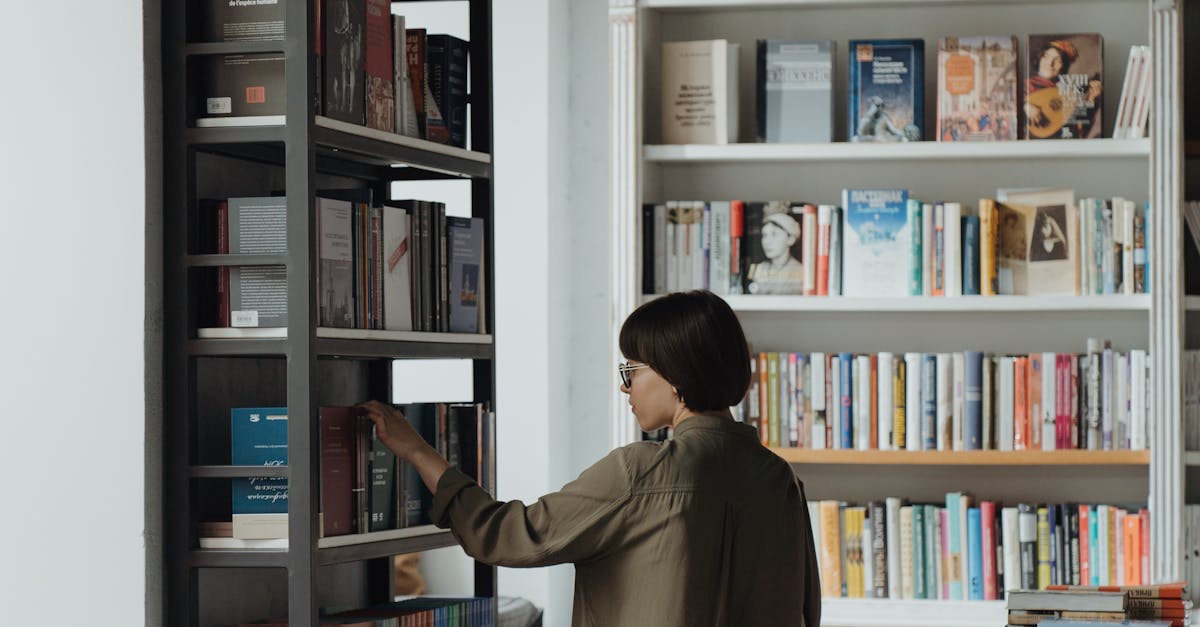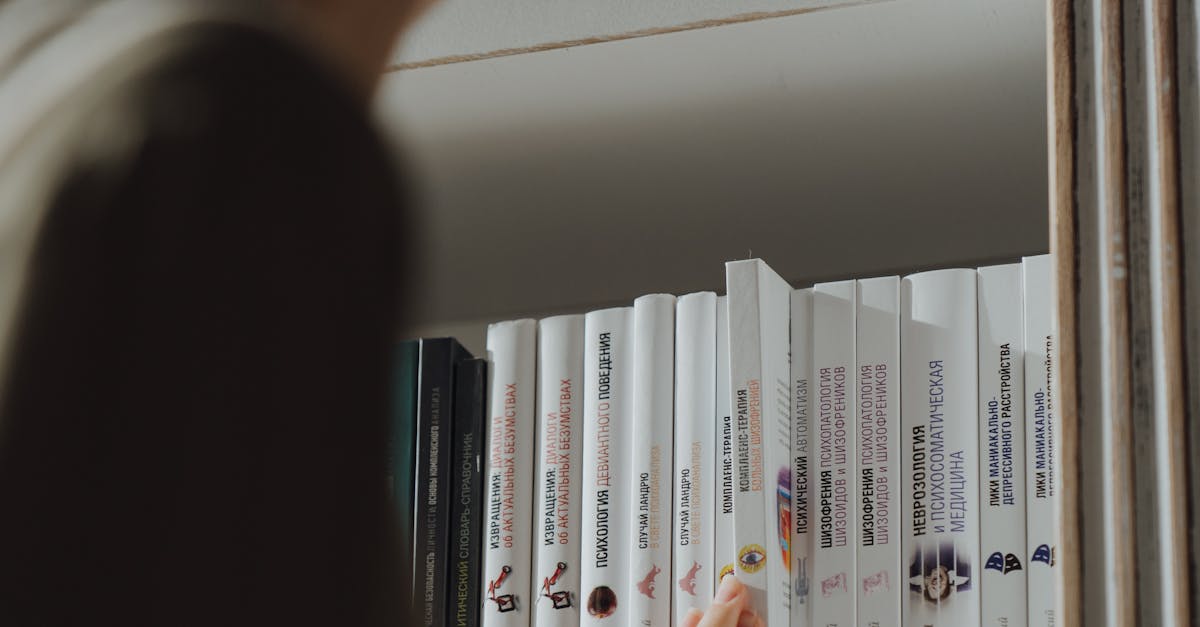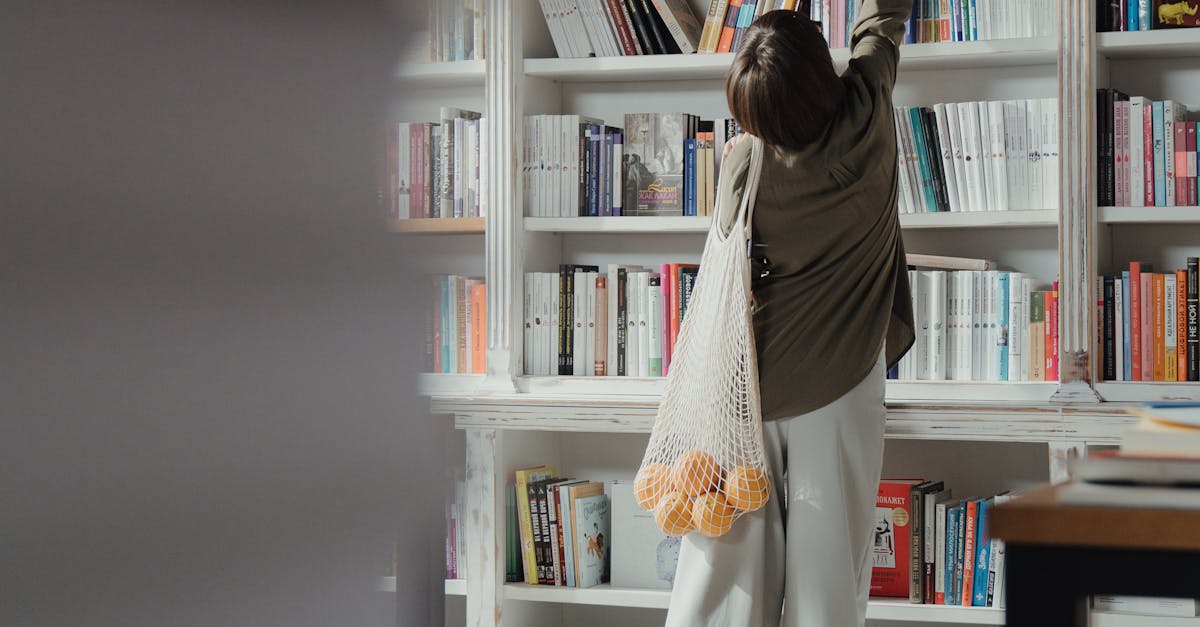
Table Of Contents
Maintaining and Cleaning Floating Shelves
Maintaining and cleaning floating shelves is essential to ensure they remain both visually appealing and functional in your living space. Regular upkeep not only keeps dust and grime at bay but also prevents potential damage that could compromise the integrity of the shelves. To keep your floating shelves looking their best, opt for gentle cleaning methods such as dusting with a microfiber cloth or wiping down with a mild solution of water and gentle soap.
Custom Bookcases and Shelving in Taren Point, New South Wales offers customizable solutions to fit your unique spaces. When it comes to maintaining and cleaning floating shelves, it's vital to avoid water damage by never soaking the shelves or using harsh chemicals. Instead, opt for a soft cloth slightly dampened with water for light cleaning. By incorporating these simple maintenance practices into your routine, you can enjoy your floating shelves for years to come.
Dusting, Wiping Down, and Avoiding Water Damage
Dusting and wiping down your floating shelves regularly is essential to maintain their pristine appearance and prevent dust buildup. To effectively clean your shelves, use a soft microfiber cloth or a duster to gently wipe away dust and debris. Avoid using harsh cleaning chemicals or abrasive materials as they can damage the finish of the shelves. For stubborn spots, dampen the cloth slightly with water or a mild cleaning solution and gently wipe the area.
When it comes to avoiding water damage, it's crucial to keep all liquids away from your floating shelves. Be cautious when watering plants near the shelves and ensure that any spillages are promptly cleaned up to prevent water seeping into the wood. Remember that excessive moisture can cause warping or discoloration of the shelves over time. By following these simple maintenance tips, you can preserve the beauty and functionality of your floating shelves for years to come. Custom Bookcases and Shelving in Wombarra, New South Wales.
Customizing Floating Shelves for Unique Spaces
When it comes to designing and customizing floating shelves for unique spaces, precision in measuring and cutting is key to achieving a seamless and professional look. Custom Bookcases and Shelving in Cecil Park, New South Wales emphasizes the importance of taking accurate measurements to ensure the perfect fit for your shelves. Before cutting your shelves to size, it's crucial to double-check your measurements and factor in any potential obstacles or uneven surfaces in the space where the shelves will be installed.
Once you have your measurements in hand, the next step in customizing floating shelves for unique spaces is selecting the right materials and finishes to complement the existing décor. Custom Bookcases and Shelving in Cecil Park, New South Wales recommends considering factors such as the room's color scheme, the style of furniture, and the overall aesthetic you want to achieve. By harmonizing your shelf design with the existing elements in the space, you can create a cohesive and visually appealing look that enhances the room's ambiance while maximizing vertical storage.
Measuring and Cutting for a Perfect Fit
When installing floating shelves, precision is crucial to ensure a snug and seamless fit within your space. Custom Bookcases and Shelving in Cecil Park, New South Wales, emphasizes the importance of accurate measurements before cutting your materials. Begin by measuring the length of the wall where you intend to install the shelves, taking into account any obstructions such as light switches or outlets. Use a level to mark where the shelves will be placed, ensuring they are evenly spaced and aligned.
After measuring the wall space, carefully mark the measurements on the shelving material you plan to use. Double-check your measurements before cutting to prevent mistakes that could lead to ill-fitting shelves. When cutting the shelves, use a fine-toothed saw to achieve clean edges. Remember to measure twice and cut once to avoid unnecessary errors that could compromise the overall appearance of your floating shelves.
Troubleshooting Common Floating Shelf Issues
When it comes to addressing common issues with floating shelves, it's essential to be proactive in dealing with potential problems to maintain both the functionality and aesthetics of your space. Sagging, tilting, and overloading are among the most prevalent issues that individuals encounter when using floating shelves. Custom Bookcases and Shelving in Bennett Springs, New South Wales, emphasized the significance of correctly installing the shelves to ensure that they can adequately support the weight of the items placed on them.
Should you notice that your floating shelves are starting to sag or tilt, it's crucial to investigate the root cause promptly. Often, this issue arises from inadequate installation, with the brackets not being securely attached to the wall or the shelves not being level. Custom Bookcases and Shelving in Bennett Springs, New South Wales, recommend reassessing the installation process, ensuring that the shelves are properly aligned and that the brackets are affixed to studs for optimal support. Additionally, avoid overloading your shelves with heavy items beyond their weight capacity, as this can lead to structural damage and compromise the integrity of the shelves over time.
Addressing Sagging, Tilting, and Overloading
Floating shelves are a popular choice for maximizing vertical space in homes, but they can encounter issues such as sagging, tilting, or overloading if not properly installed or maintained. To address such concerns, it is crucial to ensure that the brackets supporting the shelves are securely attached to the wall studs. Additionally, using anchors or toggle bolts for extra support can help distribute the weight evenly and prevent sagging over time.
Custom Bookcases and Shelving in Denham Court, New South Wales
If your floating shelves are tilting or leaning to one side, check if they were installed level to begin with. Adjusting the brackets and placing a small shim underneath the uneven side can help restore balance. Furthermore, overloading the shelves beyond their weight capacity can lead to sagging or even structural damage. Be mindful of the weight limits specified for each shelf and distribute items evenly to prevent any issues with tilting or overloading.
FAQS
Are floating shelves easy to maintain and clean?
Yes, floating shelves are easy to maintain and clean. Regular dusting and wiping down with a damp cloth can help keep them looking new. However, it is important to avoid water damage by not using excessive water when cleaning.
How can I customize floating shelves for unique spaces?
You can customize floating shelves for unique spaces by measuring and cutting them to fit perfectly in the desired area. This ensures that the shelves are not only functional but also aesthetically pleasing.
What should I do if my floating shelves start to sag or tilt?
If your floating shelves start to sag or tilt, it may be a sign of overloading. To address this issue, you can redistribute the weight on the shelves or add additional support brackets for extra stability.
Can I troubleshoot common floating shelf issues on my own?
Yes, you can troubleshoot common floating shelf issues on your own. By following proper installation and maintenance guidelines, you can prevent issues such as sagging, tilting, or overloading.
How do I prevent water damage to my floating shelves?
To prevent water damage to your floating shelves, avoid using excessive water when cleaning them. Instead, use a damp cloth for wiping down and dusting to keep the shelves in good condition.












































